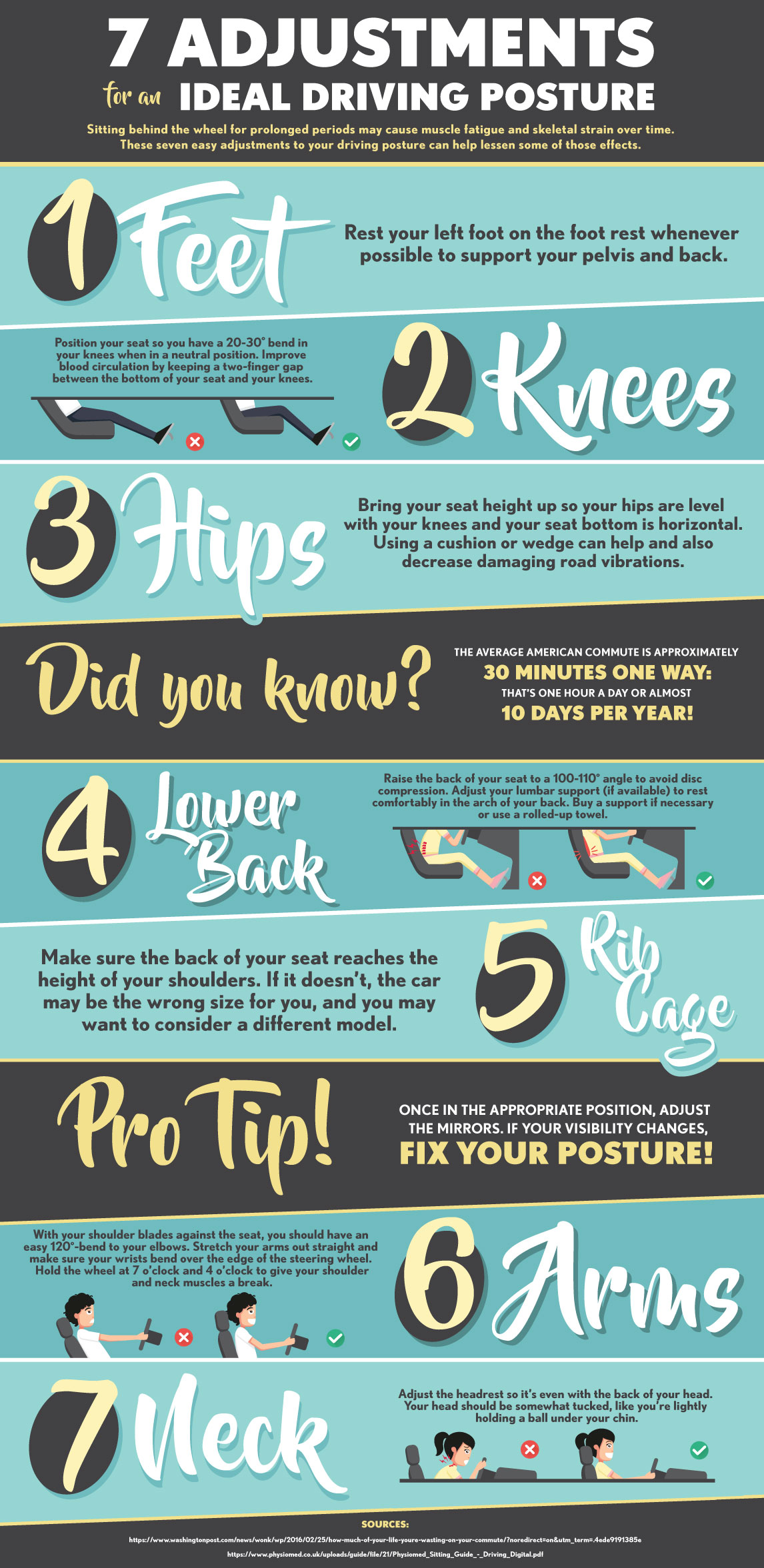Why Does Soft Tissue Therapy Hurt? Understanding The Refine
Why Does Soft Tissue Therapy Hurt? Understanding The Refine
Blog Article
Web Content Author-May Feddersen
When you go through soft Tissue treatment, you might find it remarkably unpleasant. This discomfort arises as pressure is related to strained muscle mass and broken tissues, activating your pain receptors. While it can feel upsetting in the moment, there's a factor behind this experience. Comprehending what happens in your body during these therapies can aid you value the process. So, just what is going on under the surface?
The Physiology of Pain Throughout Soft Tissue Therapy
When you undergo soft Tissue treatment, your body's reaction to pain is a complex interaction of physical procedures. As the specialist uses pressure, your body turns on discomfort receptors, sending out signals to your brain. This triggers the release of natural chemicals, such as material P and glutamate, which amplify the sensation of discomfort.
Your muscular tissues might likewise tense up in action, more making complex the experience. In addition, your body may launch endorphins, natural painkillers that can assist relieve some pain.
The communication in between these processes can create an one-of-a-kind experience for each and every individual. Recognizing this physiological feedback aids you navigate the sensations throughout treatment, allowing you to value the balance between pain and the possibility for healing advantages.
The Role of Discomfort in the Recovery Refine
Although discomfort throughout soft Tissue therapy can really feel frustrating, it plays a critical function in the healing process. When you experience discomfort, your body is signaling that it's working to repair broken tissues. This action helps increase blood circulation to the afflicted area, providing crucial nutrients and oxygen required for recovery.
Additionally, discomfort can promote the release of endorphins, your body's all-natural medicines, developing a feeling of relief post-treatment. Welcoming this discomfort can aid you recognize your body's limitations and motivate you to address underlying concerns.
While it's uncomfortable currently, this process is essential for long-term recuperation and improved function. Acknowledging discomfort as an essential part of recovery can encourage you to remain dedicated to your therapy.
Tips for Handling Discomfort During and After Treatment
Handling discomfort throughout and after soft Tissue treatment can dramatically improve your general experience and recovery.
To start, communicate openly with your therapist regarding your discomfort levels; they can adjust strategies appropriately. Making use of deep breathing methods can also assist you unwind and ease pain.
Take into https://simonjeytm.theisblog.com/33279003/curious-about-exactly-how-sports-massage-therapy-techniques-can-boost-your-training-and-stop-injuries-discover-the-transformative-benefits-that-await-your-routine using ice to the treated area post-session to decrease inflammation and numb soreness. Remaining moisturized lactobacillus plantarum probiotic supplement in the recuperation process, so consume a lot of water.
Gentle stretching and light activity after treatment can promote blood circulation and convenience tightness. https://www.nwitimes.com/niche/get-healthy/health-care/sciatica-can-be-a-symptom-of-a-bigger-problem/article_4a35998d-f784-5815-b2cc-9f8a419e591d.html but not least, guarantee you get adequate remainder to enable your body to recover.
Applying these suggestions can make your soft Tissue therapy more convenient and enjoyable.
Final thought
Finally, while soft Tissue therapy can be unpleasant, it's critical to acknowledge that this discomfort plays an essential function in your recovery trip. By comprehending the physiological actions at play, you can come close to the therapy with a more favorable mindset. Keep in mind, the preliminary discomfort often paves the way to relief as your body releases endorphins. Welcome the process, and don't think twice to utilize the pointers for managing pain to improve your experience and recovery.
